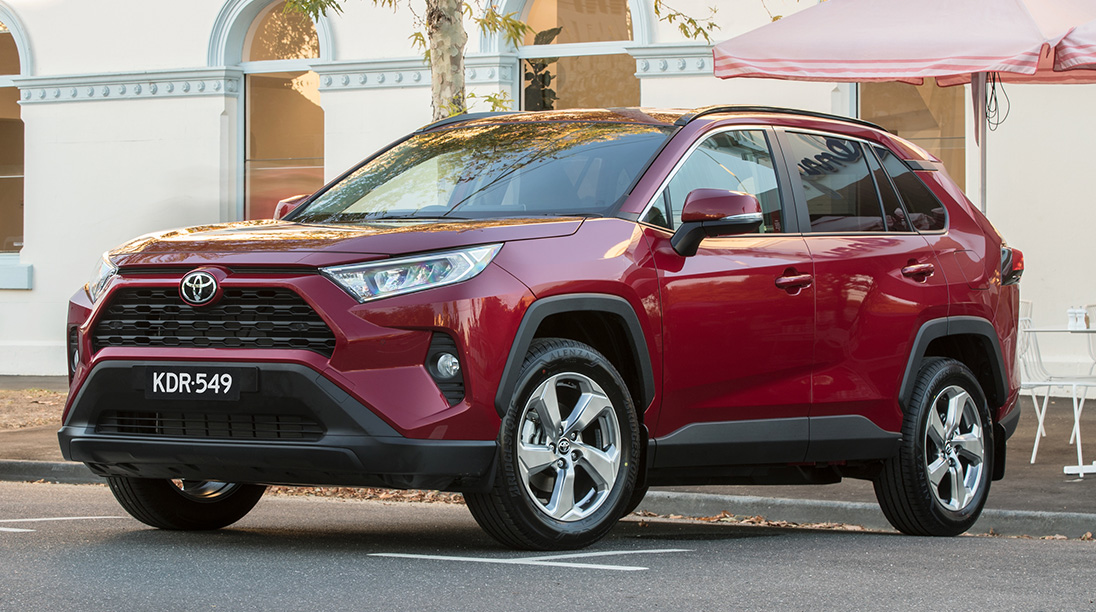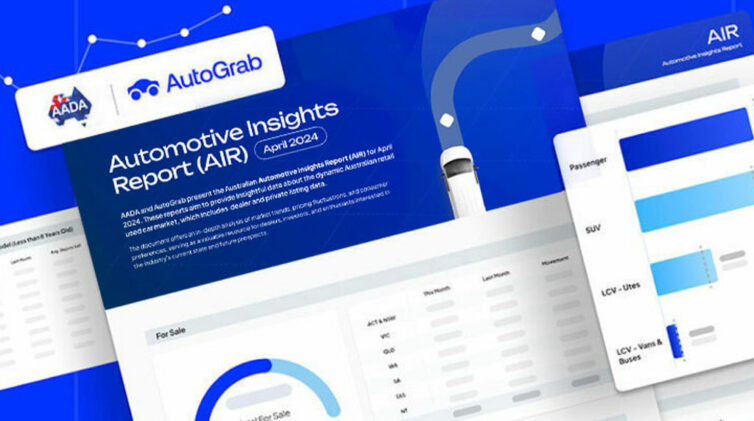Granted, the 83,184 new registrations recorded last month was the lowest July result since 2011 and, yes, the 16th consecutive month in which a negative result has underlined the industry’s sales performance.
We also suspect the barrage of daily news reports about Australia’s sputtering economy, stagnant wages, Trump’s trade war with China, the risk of recession, and so on, are impossible for prospective car buyers, and businesses, to ignore.
But let us look for positives. Let us imagine that things aren’t as bad as they seemed only a month ago, when the end-of-financial-year selling frenzy was a fizzer and the monthly decline – 9.6 per cent over the corresponding month a year earlier – was the deepest we had seen this year, second only to the disastrous December result when the market plummeted 14.9 per cent.
Last month, overall sales were down only 2.8 per cent compared to July 2018, which is a far better return than the one realised in June and miles better than every other month this year.
Indeed, we’ve got to go back as far as August last year when the monthly sales downturn was not deeper than at least five per cent.
Underlining last month’s modicum of pain relief was the SUV segment, the one category to net a positive return – 37,894 sales, which marked a 3.5 per cent increase and no less than 45.6 per cent of the entire market.
Australia’s top-selling class of vehicle, mid-size SUVs, led the way, climbing 8.8 per cent for the month with 16,405 units shifted and owing much to Toyota and its new-generation RAV4, which overtook the usually dominant Mazda CX-5 and topped the charts with 2419 sales (+30.5%).
This helped Toyota post a 5.7 per cent increase overall across its entire range for the month – no mean feat in the current climate – and in the process take a 21.5 per cent share of the market.
There were two other leading brands in the black last month – Kia with 2.3 per cent growth, which is exactly where it stands in year-to-date terms, and Subaru, which posted a 4.4 per cent increase that reflected the first month in which its supplies were largely unencumbered after a production hiatus in Japan threw a spanner in the works in January.

Uppercut: Toyota’s new RAV4 was the highest-selling SUV in Australia last month, helping the market-leading brand defy the current slowdown with a 5.7 per cent sales increase across its range.
So expect more positive results from Subaru, which is now working on a rebound from its 20.3 per cent year-to-date downturn and like many others is banking heavily on its SUVs.
We note that Subaru’s mid-size Forester was up 147.2 per cent last month, while its XV small SUV climbed 7.7 per cent in the one-size-smaller segment that was up 6.3 per cent overall.
Further up the scale, the lower-volume upper-large SUV class rose 11.9 per cent last month – one of only two categories in the entire market to be in positive territory this year (+9.0%); the other is with the ultra-niche 20-seat-plus light-commercial buses – while large SUVs tempered July’s overall SUV result with an 8.3 per cent fall.
Last month also saw a 6.6 per cent uptick in private sales of SUVs, and a 10.4 per cent surge in SUVs to rental companies, while an increase in government purchases of both passenger cars and light-commercials – up 1.1 and 15.1 per cent respectively – helped cover shortfalls in other areas, such as relatively modest declines in both SUV and LCV business sales.
Amid the generally healthy SUV signs were some strong returns among the prestige marques, and the market-leading luxury brand Mercedes-Benz Cars returned to form last month with a 25.7 per cent sales increase across its full range.
Mercedes’ biggest-selling SUV, the mid-size GLC, was up 27.4 per cent, keeping its nose in front of a resurgent C-Class (+43.6%), the latter back in front this year as the brand’s top model, while a raft of other Benzes put in positive results.
The dwindling mid-size passenger car class also lifted 3.6 per cent last month on the back of prestige models led by the C-Class.
Mercedes-Benz Vans was likewise ahead for the month (+2.9%) – underpinned almost entirely by the Sprinter van and X-Class ute – while BMW’s sales also rose 4.5 per cent as it joins the small but not insignificant chorus in forecasting a turnaround in fortunes as new metal reaches the showroom.
Volvo (+6.4%) and Lexus (+16.7%) both achieved positive results last month as part of a solid year, Jaguar and Infiniti are holding firm for the time being (+1.1/0.3% YTD respectively), the high-end Ram pick-up truck business is, as we’ve reported previously, going gangbusters (+905.8% YTD), and sports-luxury marques such as Ferrari, Lamborghini, McLaren, Porsche, Rolls-Royce and Bentley are all ahead in year-to-date terms.
Most of these rarefied brands had a sterling month in July – Aston Martin posted 15 sales, Ferrari 26, Porsche 326 – and while deliveries can be made on orders placed many months beforehand, they are always a useful indicator of confidence among buyers at the top end of town.
As well as premium mid-size cars performing well last month (+14.0%), premium small cars were up 15.0 per cent and sportscars over $80,000 and those over $200,000 accelerated 12.6 per cent and 24.2 per cent respectively.
At the lower end of the market, Chinese brands are continuing to carve out excellent results on a monthly basis and July was no exception, with gains from MG (+149.8%), LDV (+15.5%), Haval (+164.2%) and Great Wall (+118.2%).
LCV sales were down 1.9 per cent overall in July, but positive returns were found in buses (averaging +27.9%, the new Toyota HiAce at work here) and vans/cab chassis (+1.3%), and the dominant sector, 4×4 utes, was just 1.1 per cent off breakeven.
Among the states, Tasmania was the standout with a 15.0 per cent sales increase over July last year, and a 5.0 per cent push-up in the higher-volume Western Australia was also recorded.
The industry needs the three market-leading states in New South Wales, Victoria and Queensland – all down 4.7, 2.8 and 4.5 per cent respectively last month – to pick up and induce a recovery, which in turn comes back to where we started: the state of the nation, financial markets, geopolitical tensions, and more, all sinking into our collective conscience and gut feeling as to whether it’s a good idea to spend (or, in most cases, borrow) money for a new car, or a fleet of them.
July was our best month of the year, bringing with it plenty of positive signs. But this downturn is not over yet by a long shot.
By Terry Martin















 Read More: Related articles
Read More: Related articles

